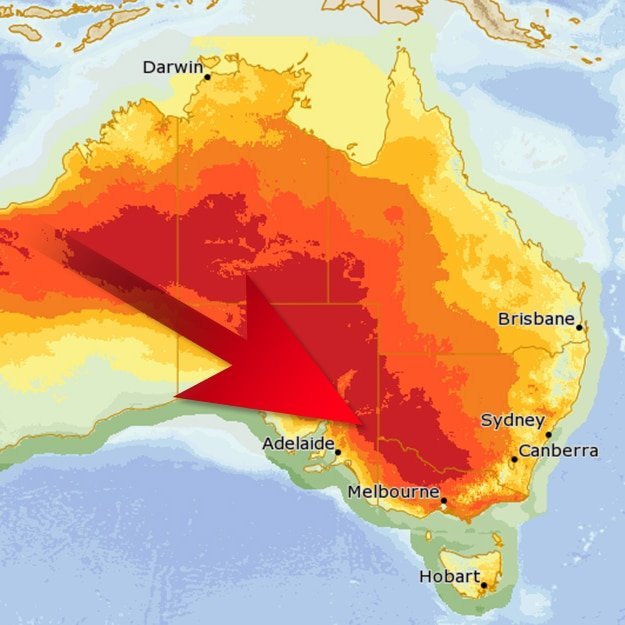Australia on BRINK of Climate Catastrophe: Shocking Report Reveals ‘Cascading’ Hazards, Deadly Heatwaves and Devastating Floods to Come
- Three million Aussies at risk from coastal hazards by 2090 if global temperatures rise by 3C
- Heat-related deaths set to soar by over 400% in Sydney and Darwin, and 250% in Melbourne
- Northern Australia, remote communities and outer suburbs to bear the brunt of climate change
- Climate Change Minister Chris Bowen warns every degree of warming prevented now will help future generations avoid the worst impacts
Australia is staring down the barrel of a climate catastrophe, with a shocking new report warning of “cascading, compounding and concurrent” hazards that will leave no community unscathed. The National Climate Risk Assessment, released on Monday, paints a dire picture of a future marked by devastating floods, cyclones, heatwaves, droughts and bushfires.
Climate Change and Energy Minister Chris Bowen issued a stark warning, saying “Australians are already living with the consequences of climate change today, but it’s clear every degree of warming we prevent now will help future generations avoid the worst impacts in years to come.”
The report, which drew on research from the Bureau of Meteorology, CSIRO, Australian Bureau of Statistics and Geoscience Australia, models the likely impacts of climate-related hazards by 2050 and 2090 under three global warming levels: above 1.5C, 2C and 3C. The alarming findings reveal that warming across the Australian continent has already reached 1.5C, and that extreme weather events will become more frequent, more severe, and often occur at the same time.
In a heartbreaking development, the report predicts that heat-related mortality will increase across the country, with the number of deaths related to heatwaves set to jump by over 400% in Sydney and Darwin, and more than 250% in Melbourne. Northern Australia, remote communities and outer suburbs are expected to bear the brunt of climate change, placing a strain on health and wellbeing, emergency services, critical infrastructure and primary industries.

The report also warns that floods will become more frequent as sea levels rise, while tropical cyclones are forecast to hit Australia less often, but with the possibility of becoming more severe and shifting slightly farther south.
As Australians face a record-breaking summer, the report’s findings serve as a stark reminder of the urgent need for action to prevent the worst impacts of climate change. With the future of the country hanging in the balance, the government’s response will be crucial in determining the course of history.

